 May 24 2025
May 24 2025
Calculating the odds is not just a number-crunching task! Making up the odds in the end becomes the art of balancing risks, guaranteeing profitable margins to the house, and offering attractive bets to the players. With the global sports betting industry raking in billions of dollars every year, it’s for sure that the house always keeps in place their margin of profit. But how exactly do they come up with the chances of an outcome for the given match to which they add, margin of profit, and margin of error afterward?
For example, at Mozzart Bet jackpot predictions you would have an opportunity to use AIs computational power, as they combine predictions of four major AI engines (Chat GPT, Gemini Perplexity, and Grok) to determine the probable outcome of the picked game. With the idea to help you correctly guess the outcomes of 17, 18, or 19 picks and win 5M, 20M, and 60M KES Jackpot!
Bookmakers definitely use AIs too! Having their power in mind, but that’s not all. They have decades-old methods of calculating and closely estimating what the chance of some outcome is. So let’s start from the basics.
Implied probability is at the core of every bookie odd. For instance, odds of 2 and 3 imply a 50% and 33.3% chance of winning, i.e., (1/2= 0.5) and (1/3= 0.33%).
Statistical Models & Data Analysis (Primary Basis):
Most sportsbooks today use sophisticated statistical and machine learning models to estimate the probability of outcomes. These models incorporate vast datasets: team performance metrics, player stats, historical match data, injury reports, and even situational variables like weather or fatigue.
Techniques such as regression analysis, Monte Carlo simulations, and Elo ratings are commonly used to simulate the outcome of events and estimate probabilities.
Market-Based Adjustments:
Odds are also influenced by market behavior — how bettors are wagering. If a lot of money is coming in on one side, sportsbooks adjust the odds to encourage betting on the other side to balance exposure.
This makes the process dynamic, where initial odds might come from models, but real-time market data continuously shapes them.
Expert Input (Still Important, but Less Central):Expert opinion plays a role, especially in subjective or less quantifiable areas like team morale, coaching strategy changes, or insider information (e.g., a player not listed on the injury report might be struggling).
For niche sports or unusual betting markets where data is sparse, expert handicappers are more influential.
Profit margin is a prime consideration for any bookmaker. The concept has many terms, including the Vig, Juice or overround. Essentially, sportsbooks establish a margin that guarantees them a profit irrespective of the event’s outcome. No bookmaker would fix odds that reflect 100% (true probabilities) because breaking even is hard.
We will highlight the profit margin using a single coin toss scenario. Remember, the true probability of getting a H or T in a coin toss is 50%. This means odds of 2.0 or +1 for both T and H. Sportsbooks, however, will not offer such true probability odds. Instead, they add a margin, say 1.91, or -110 for both Head and Tail. The mathematical implication is as follows.
Therefore, the extra 4.7% is the margin that guarantees sportsbook profits. It means for a bettor to win 100, they must stake 104.7.
Sports betting outcomes are inherently unpredictable. No system can perfectly forecast the outcome of a match, and even if they get close to that, there is always news in regards to certain matches that the sports betting operators can’t keep up without at least a bit of delay. Sportsbooks leverage such unpredictability to assess the margin of error in their odds calculations.
As such, they set price lines that try to balance risk and profitability given both sides of the event. Logically, if significant money comes from one side of the line bet, the house might be a liability bubble. Consequently, they will move the line or literally, adjust the odds. This is a crucial step towards risk management. Balancing the book is a renowned strategy towards this end. It means that if significant bettors put their stakes in favour of Team A, the bookie will reduce Team A’s odds to make them less attractive. Alternatively, it will increase Team B’s odds, encouraging more stakes and money on Team B.
Primarily, Sportsbooks, including Mozzart Bet, Betsson and Bet365 are ideal risk managers. Their aim is not to predict the perfect outcome. The goal is to ensure a margin such that the money they pay out in the long run is less than they receive.


Malta-License (EU)


Curacao-License


Curacao-License


Curacao-License


Curacao-License


Curacao-License
 There is a No Deposit Bonus available: 30 Free Spins
There is a No Deposit Bonus available: 30 Free Spins
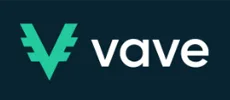

Curacao-License
 There is a No Deposit Bonus available: 15 Free Spins
There is a No Deposit Bonus available: 15 Free Spins


Malta-License (EU)



Curacao-License
 There is a No Deposit Bonus available: 30 Free Spins
There is a No Deposit Bonus available: 30 Free Spins
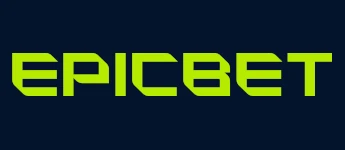

Curacao-License
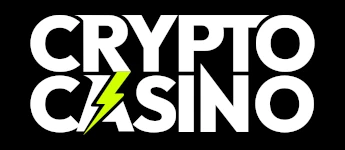

Curacao-License
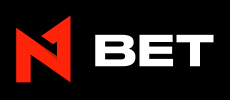

Curacao-License


Curacao-License
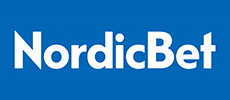

Malta-License (EU)


Curacao-License